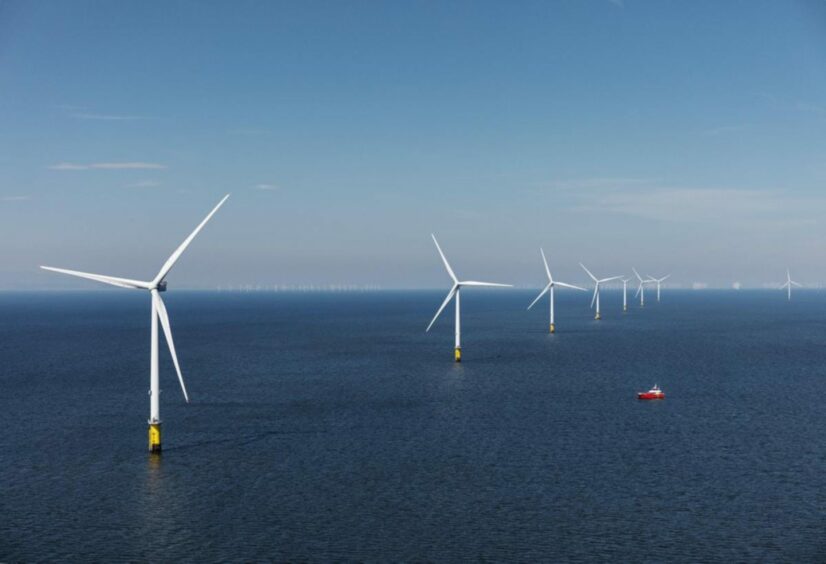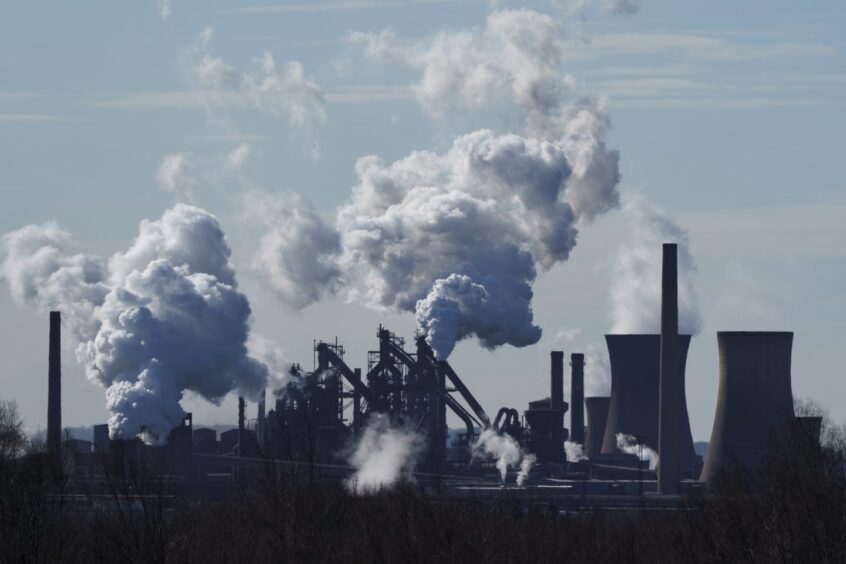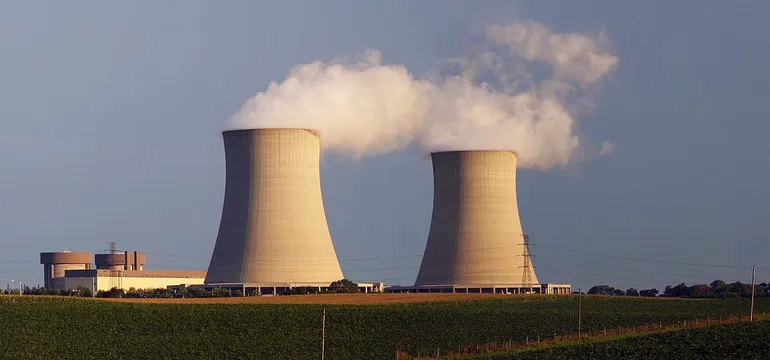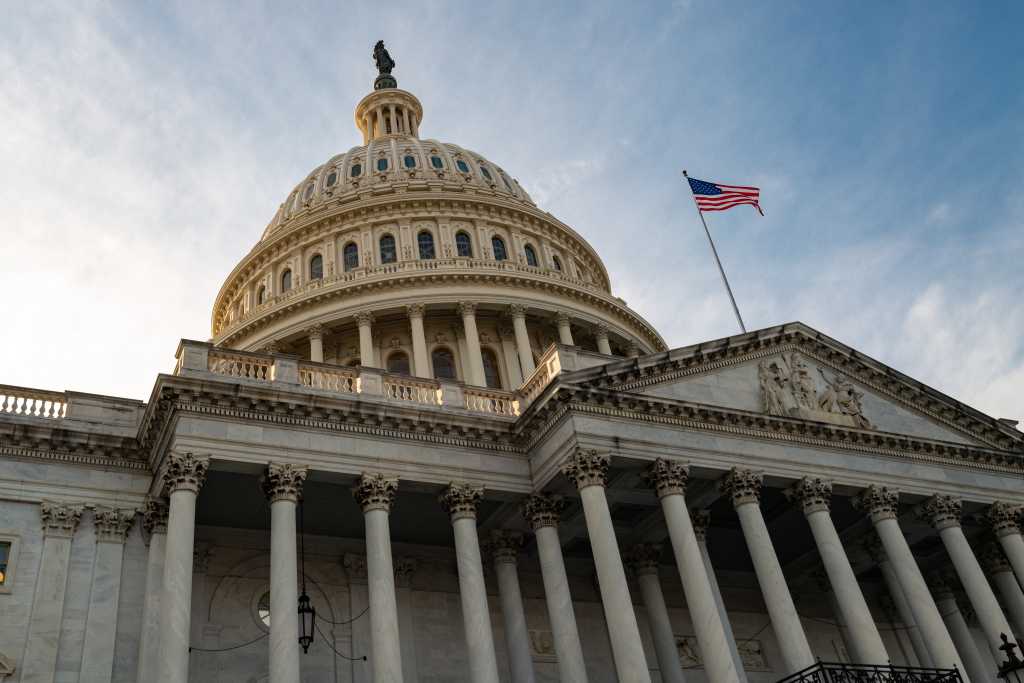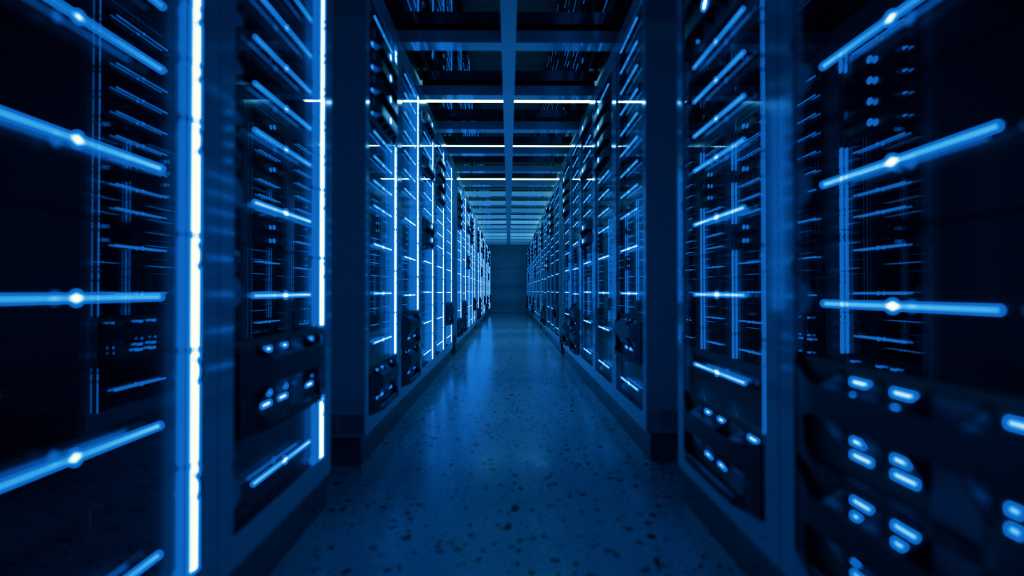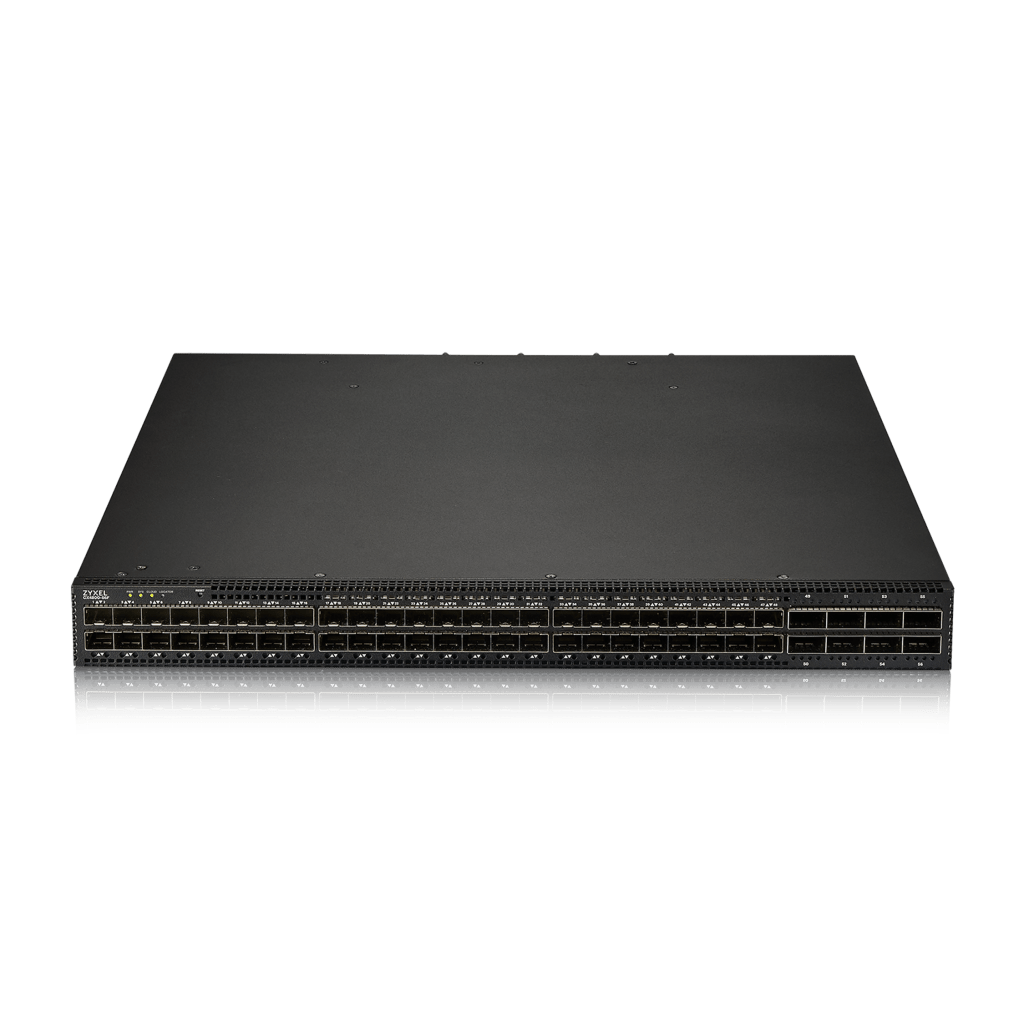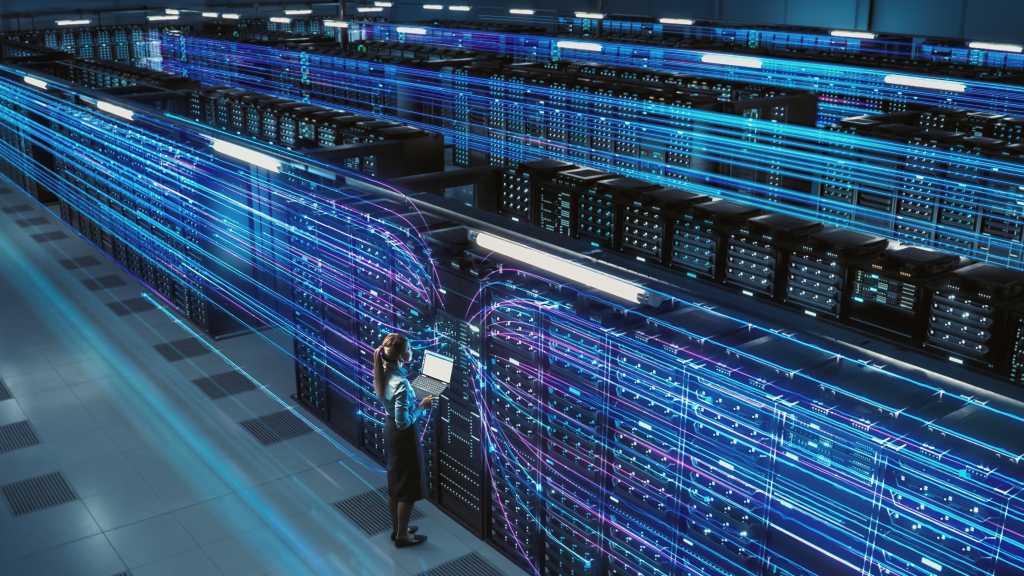Energy giant BP continues to ramp up its newest facility in the North Sea, with production from its latest well “exceeding expectations”.
BP said the well on the Clair Ridge platform in the UK Continental Shelf (UKCS), achieved an “unusual level of success” by producing 12,500 barrels of oil per day, according to a report seen by Energy Voice.
Production at Clair Ridge started in 2018 following a £4.5 billion investment by BP and its field partners including Shell, Chevron and ConocoPhillips.
The field is 47 miles (75km) west of Shetland. It is the second phase of development of Clair, which has been hailed as the largest oilfield in the UKCS.
BP discovered Clair in 1977 but did not commence production until 2005 due to the complexity of the geology presented by the find. BP estimates the field holds 7 billion barrels of hydrocarbons.
West of Shetland is technically in the Atlantic margin, but is often described as being included in the UK North Sea.
BP said the results from the B22 well represented a “global first” for its offshore team, which deployed high-pressure technology that helped to achieve “maximum productivity”.
The analysis came after BP said upstream production this year was likely to be lower than in 2024. In guidance published earlier this month in its 2024 full-year results, BP said oil production is expected to be “broadly flat” in 2025.
BP is under pressure to improve its performance – it unveiled a 36% slump in annual profits to $8.9 billion (£7.2bn) in 2024. Chief executive Murray Auchincloss has pledged to reveal a “new direction” for BP at its delayed capital markets day later this month on 26 February.
In a statement, senior vice president of BP North Sea Doris Reiter said the success of the well means it will add more drilling in the area as part of its “ramp-up” strategy, which would “offset decline” in its North Sea production.
She said: “The Clair phase one platform celebrates 20 years of production this year and Clair Ridge, the second phase of the field, continues to ramp up following start-up in 2018.
“The success of the B22 well is testament to the innovation and dedication of the Clair team, who apply advanced technologies to achieve maximum safe production.
“Building on this success, BP and our Clair field partners plan to add more wells at Clair Ridge as part of our ramp-up strategy, aiming to offset decline and unlock the full potential of this complex field.”
BP added it was still “considering options” for future development at Clair, potentially Clair phase three – although this could depend on whether or not the contested Rosebank field is allowed to go ahead.
Recommended for you

BP boss confirms ‘new direction’ on 2024 profit slump





